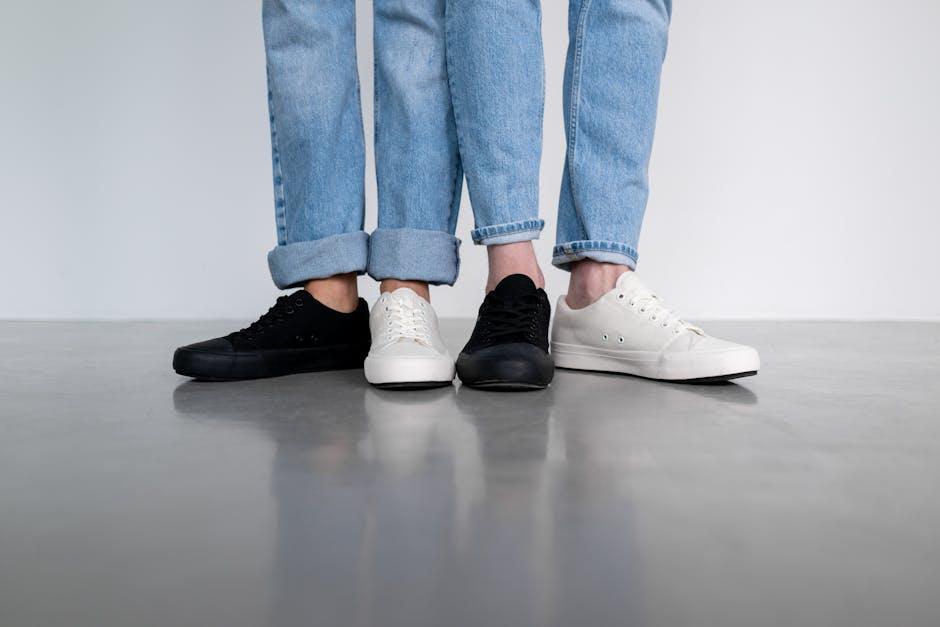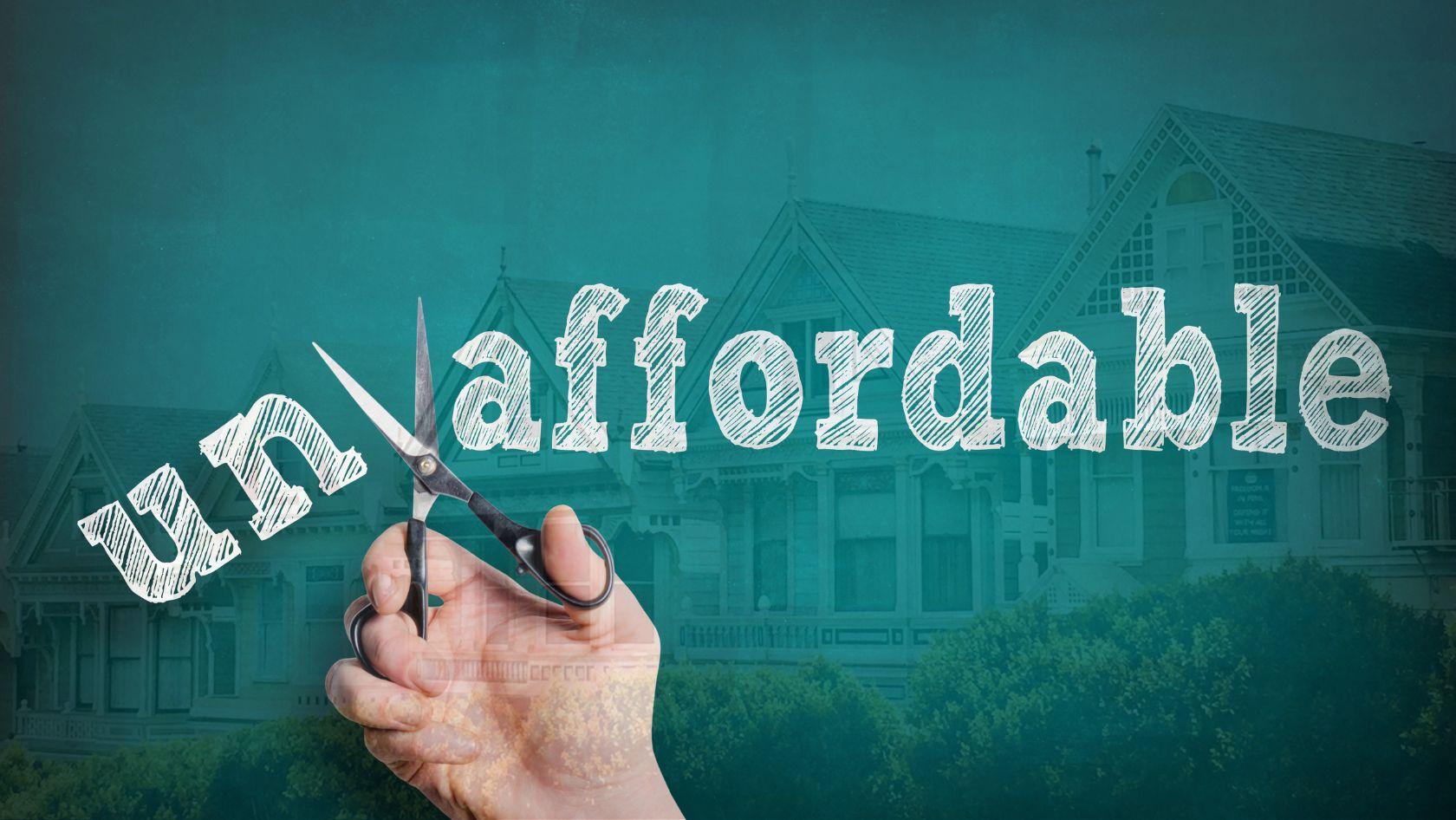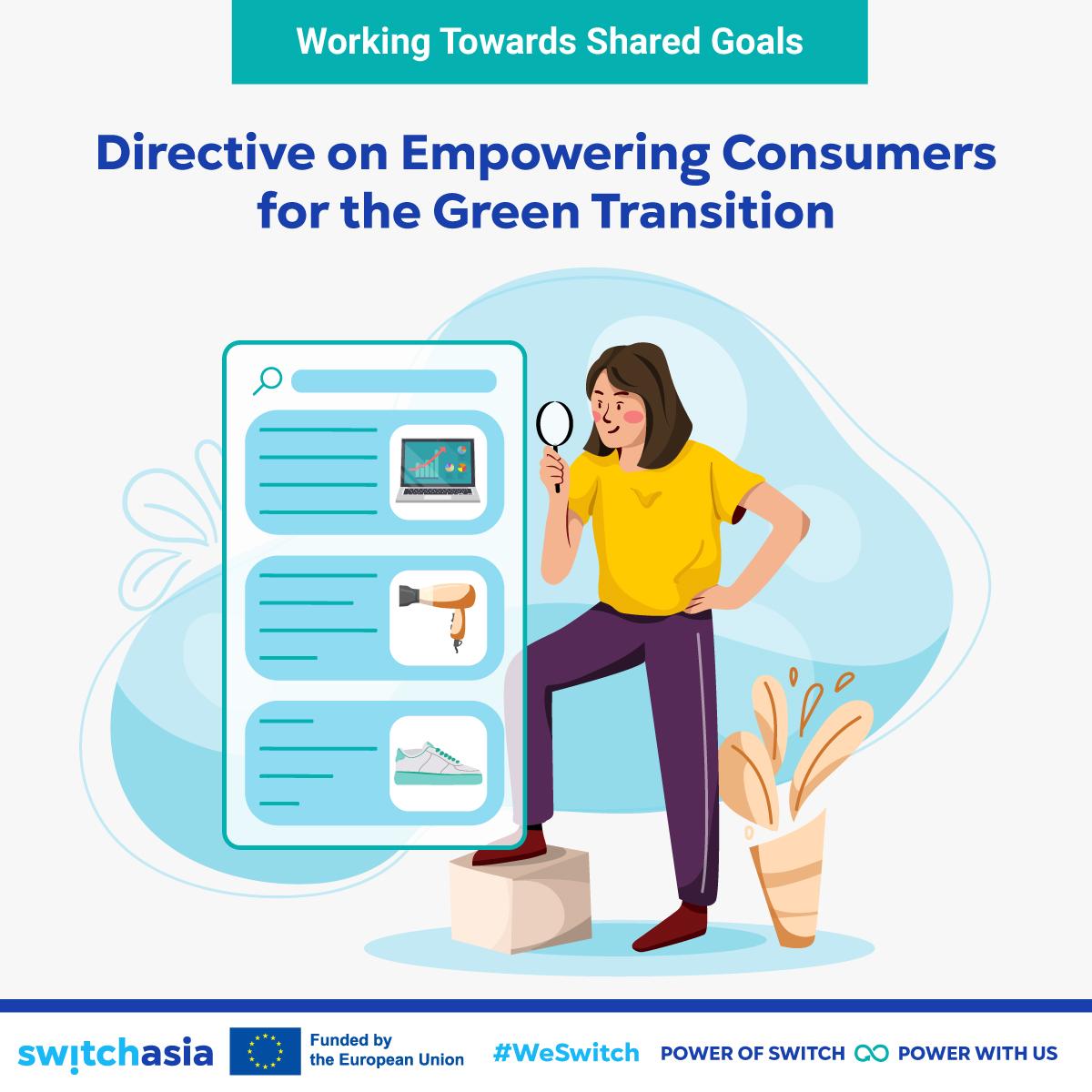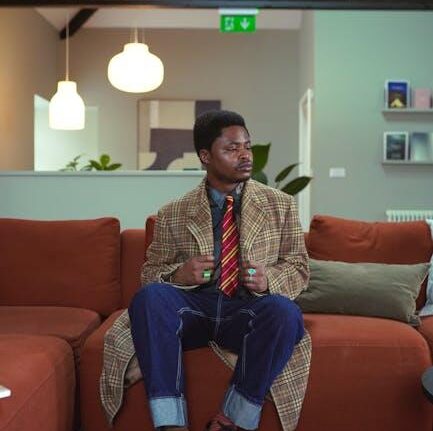In our rapidly evolving fashion landscape, the glitz and glamour of the runway frequently enough vie for attention against the stark realities of ethical production. The phenomenon of fast fashion, characterized by its affordable, trend-driven pieces, promises consumers a constant stream of stylish options, but at what cost? Meanwhile, high-end designers tout their craftsmanship and exclusivity, yet face scrutiny over the sustainability of their practices. In this article, we delve into the intricate web of fast fashion versus designer ethics, exploring the myriad facets of duty in the fashion industry. Is one more virtuous than the other, or do both share a complex interplay of advantages and shortcomings? Join us as we unravel the ethical dilemmas that shape our choices, challenging preconceived notions and encouraging a dialog on what it truly means to dress with conscience.
Navigating the Ethics of Production: Fast fashion’s Supply Chain Dilemmas
The intricate web of fast fashion’s supply chain reveals a series of ethical dilemmas that challenge the very foundations of responsible production. With a relentless pursuit of the latest trends at record-low prices, brands frequently enough prioritize speed over sustainable practices. This approach leads to a myriad of concerns, including:
- Exploitation of Labour: Workers, often in developing countries, are subjected to poor working conditions, low wages, and long hours.
- Environmental Impact: Fast fashion contributes to massive waste and pollution due to short-lived garments and harmful manufacturing processes.
- Lack of Transparency: Many consumers remain unaware of the complexities hidden within the supply chain, making it tough to make informed decisions.
In contrast, designer brands tend to advocate for ethical practices, yet they too face scrutiny.while they may adopt sustainable materials and fair labor practices, their price points can create exclusivity that dilutes accessibility. Despite the challenge, some high-end designers are pushing for change through initiatives such as:
| Initiative | Description |
|---|---|
| Sustainable Collections | Limited editions made from eco-friendly materials. |
| Fair Trade Partnerships | Collaborations with artisans from marginalized communities. |
| Transparency Reports | Disclosure of supply chain practices and labor conditions. |

The Cost of Affordability: Environmental Impact and Sustainability Concerns
The allure of fast fashion often overshadows the hefty environmental price tag that accompanies it. Despite its affordability, the production cycle of inexpensive garments comes at a notable cost to our planet. These brands typically rely on mass production, resulting in enormous waste and pollution. As an example, the process of manufacturing synthetic fibers contributes to microplastic pollution, impacting aquatic ecosystems worldwide. Landfills are inundated with discarded clothing, with an estimated 92 million tons of textile waste generated globally each year. This stark reality raises questions about the true affordability of these trendy, transient pieces.
Conversely, high-end designers often implement more sustainable practices, but these can come with their own set of challenges. While the higher price tags associated with luxury items often reflect ethical sourcing and eco-friendly materials, they can also create accessibility barriers. High-quality materials typically have a lower environmental footprint over their lifespan, promoting a “buy less, choose well” approach.The investment in designer pieces can contribute to reduced waste and support ethical labor practices. A comparison of key practices highlights the differences:
| Factors | Fast Fashion | Designer Brands |
|---|---|---|
| Sustainability | Low | Higher |
| Material Quality | Cheap, synthetic | Premium, often natural |
| Waste Generation | High | Lower |
| Labor Practices | Often exploitative | Usually ethical |

Luxury with a Conscience: How Designer Brands Approach Ethical Practices
In a world increasingly attuned to social responsibility, many high-end brands are redefining luxury to incorporate ethical practices. The movement has shifted from mere profit maximization to a broader consideration of sustainability and fair labor. Designer brands are beginning to embrace philosophies that emphasize transparency, responsibility, and sustainability in their production processes. This newfound commitment is reflected in various approaches:
- Ethical Sourcing: Many designers are committed to using materials that are sustainably sourced and ethically produced.
- Fair Labor practices: Ensuring that workers in their supply chains are treated fairly and paid livable wages.
- Eco-Friendly Production: Implementing manufacturing processes that minimize environmental impact.
Luxury brands like Stella McCartney and Gucci have pioneered these initiatives, often publicly sharing their goals and progress. They aim not only for profit but also for positive social impact. To illustrate this commitment to ethical practices, consider the comparison of selected high-end brands:
| Brand | Focus Area | Certifications |
|---|---|---|
| Stella McCartney | Animal Rights & Sustainability | Global Organic Textile Standard |
| gucci | Carbon Neutrality | ISO 14001 |
| Eileen Fisher | Fair Trade Practices | Fair Trade Certified |

Empowering Consumers: Making Informed Choices in fashion Consumption
In the realm of fashion, the choices consumers make can have significant implications for both social and environmental sustainability. By understanding the underlying dynamics of fast fashion versus designer brands, consumers can play a pivotal role in shaping the future of the industry. Fast fashion, characterized by its rapid production cycles and low prices, often sacrifices ethical considerations such as fair labor practices and environmental stewardship. In contrast, many designer labels prioritize craftsmanship and sustainability, albeit at a higher price point. When consumers are equipped with knowledge, they can engage in practices such as:
- Researching brand practices: Investigating where and how clothing is made.
- Prioritizing quality over quantity: Opting for pieces that are durable and timeless.
- Supporting ethical brands: Choosing to buy from companies committed to fair labor and eco-friendly processes.
One of the effective ways to distinguish between brands is by examining various metrics related to their ethical practices. Below is a simplified comparison table to illustrate key factors that can influence consumer choices:
| Factor | Fast Fashion | designer Brands |
|---|---|---|
| Price | Affordable | Expensive |
| Production Speed | Rapid | Slow |
| Labor Practices | Often unethical | Typically ethical |
| Environmental Impact | High | Moderate to Low |
Consumers hold the power to drive change in the fashion industry.By making informed decisions and advocating for ethical practices, they not only contribute to a more sustainable future but also encourage brands to adopt responsible manufacturing processes. In time,such diligence can create a ripple effect,making ethics a critical consideration in fashion consumption.
Future Outlook
In a world where the tapestry of fashion is woven with threads of creativity,culture,and commerce,the debate between fast fashion and designer ethics remains as complex as the patterns we wear.As we unearth the layers of this intricate conversation, it becomes clear that the choices we make as consumers and creators hold profound implications.
Fast fashion offers accessibility and variety, appealing to the desire for self-expression at a lower cost. Yet, behind its dazzling façade lies a stark reality of environmental degradation and the exploitation of labor. Conversely, the world of designer fashion touts a narrative of craftsmanship and sustainability but often operates within a realm of exclusivity that raises questions about accessibility and equity.
Ultimately, the question of responsibility does not reside solely with the garments we choose to don, but in our collective journey towards a more ethical industry.As we navigate the crossroads of consumption and conscience, it is indeed essential to consider not just the products we purchase, but the values they represent. Every decision, whether it leans towards the fast or the refined, shapes the fabric of our society.
As fashion continues to evolve,we have the power to redefine its impact. By advocating for transparency and supporting practices that prioritize people and the planet, we can foster an habitat where creativity flourishes without compromising our ethical standards. The choice may not always be black and white, but in the ever-shifting landscape of fashion, our voices—and choices—can weave a more responsible future.








Leave feedback about this